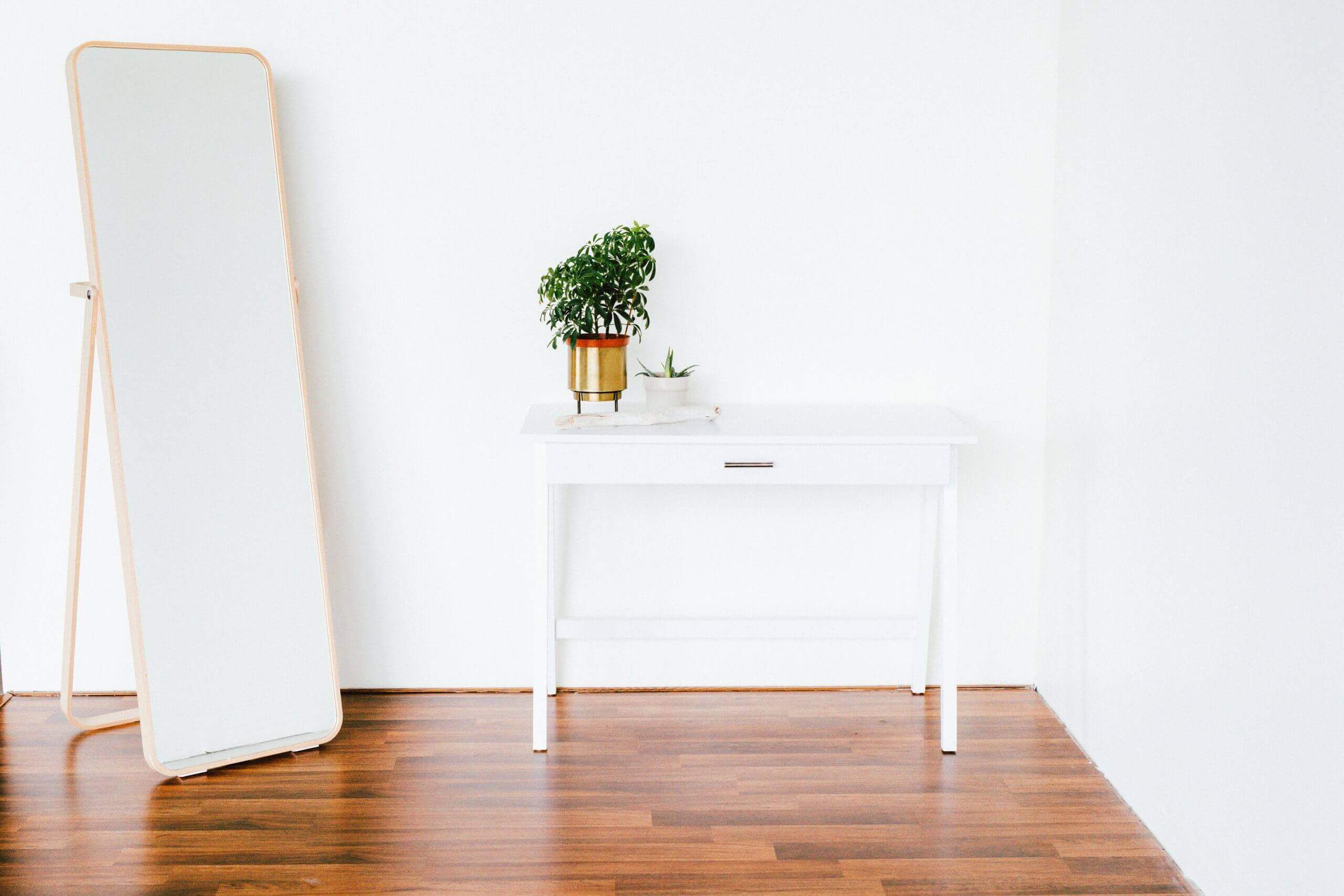The Process For Sanding & Polishing Timber Floors
Timber floor sanding and polishing can rejuvenate dull and worn-out floorings, making them look brand new again. Regular wear and tear, scratches, dents, and other damages can make timber floors look old and lifeless. That’s why you should go for a professional floor sanding and polishing service to rejuvenate your timber floors and give back their lustre.
Timber Floor Sanding and Polishing Process
So, how exactly will floor sanding and polishing help your timber floors? Do you want to know how professionals do it? If yes, go through the complete process of professional floor sanding and polishing given below.
1. Cleaning the Floors
Floor sanding professionals will start by sweeping and vacuuming your timber floors thoroughly, making sure your flooring is clean enough to begin sanding. Keeping the floors tidy before sanding will prevent any sanding mishaps and damage. Besides, note that you must remove all furniture and floor coverings, if any, before sanding. You must also cover or seal the doorways and air vents to prevent the dust from floor sanding, accumulating, and invading the other rooms.
2. Removing Nails
Once the floor is clean, sanding professionals will inspect your timber floors for any protruding nails. They will either remove or hammer them down to the surface to ensure a smooth sanding surface that does not damage the floor sanding machine.
3. Removing Old Polish/Stain
Removing the existing stain and polishes from the floorings is a crucial step in the floor sanding process. It’s because sanding them without removing the previous finishes will clog the grit sanding paper, making the sanding process more time-consuming. Flooring professionals may use different techniques to remove the previous finishes depending on the types of finishes for best results. Fixing any timber floor damage or floorboard replacement is also done at this stage.
4. Floor Sanding
After getting rid of the previous finish, the floor is ready to be sanded. Floor sanding means removing the top surface or layer of the timber to reveal the healthy wood underneath. Sanding also helps remove any unevenness along floorboard edges. During the initial sanding process, flooring professionals also check for floorboard damages like cupping, peaking, or crowning to spot treat or replace the floorboards.
Flooring professionals use different sanding machines and sanding techniques depending on the condition of your timber floors. In general, they begin by sanding with finer grades until the floorboards are smooth and free from most blemishes. They will also take care of the difficult corners of the room with handheld random orbital or corner sanders and ensure the entire flooring is flat and smooth.
5. Vacuuming the Floor
Once the initial sanding process is over, flooring professionals clean the floors by vacuuming, making them ready for applying the desired finishes.
6. Applying Sealer
After cleaning and vacuuming, the timber floors are ready for the application of the first coating of the desired sealant or finish. Depending upon the type of wooden flooring and the look you are trying to achieve, flooring professionals will use a variety of finishes such as natural oils, modified oils, varnish and water-based or oil-based polyurethanes. If you are going for a stain or limewash, they are applied at this stage.
Once the first coating is dry, flooring professionals will buff the flooring with a specialised buffing machine, making the timber floors ready for the application of the next layer of finish. In general, three layers of floor finishes are applied by buffing and polishing the flooring between each coating to achieve the desired effect and look.
Need a professional makeover for your timber floors in Sydney? Contact our team at Abacus Flooring now.

